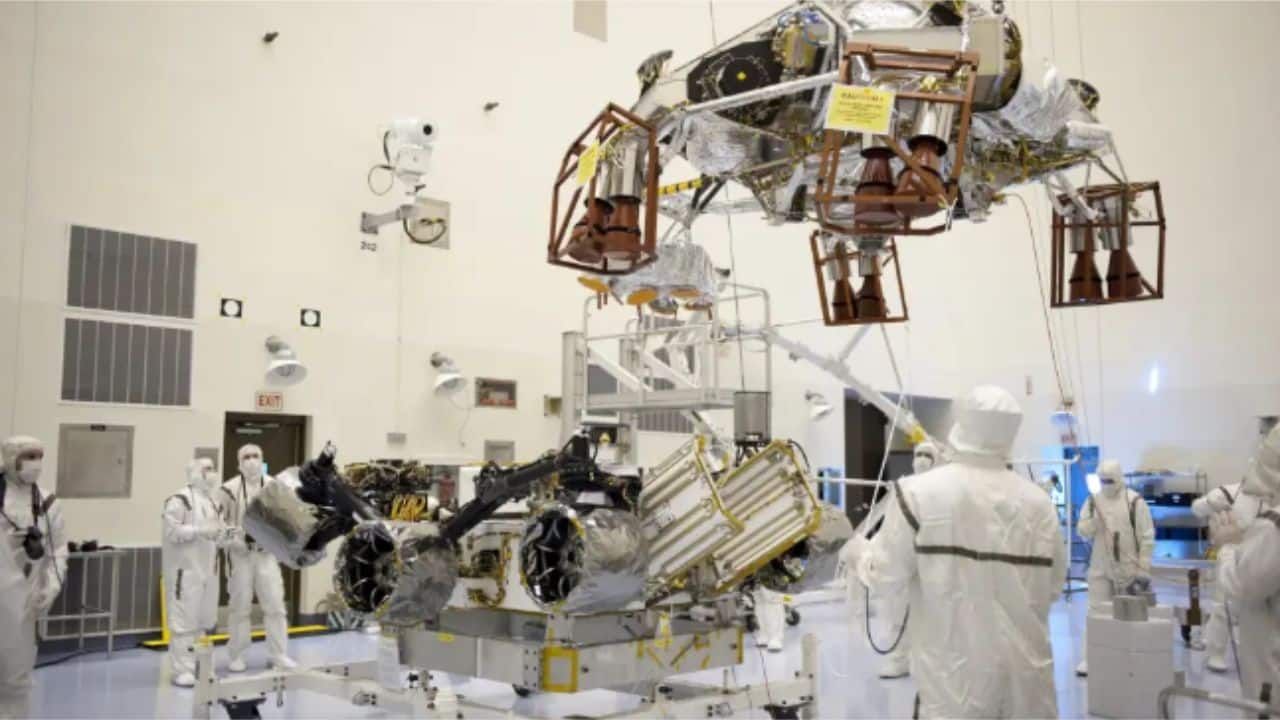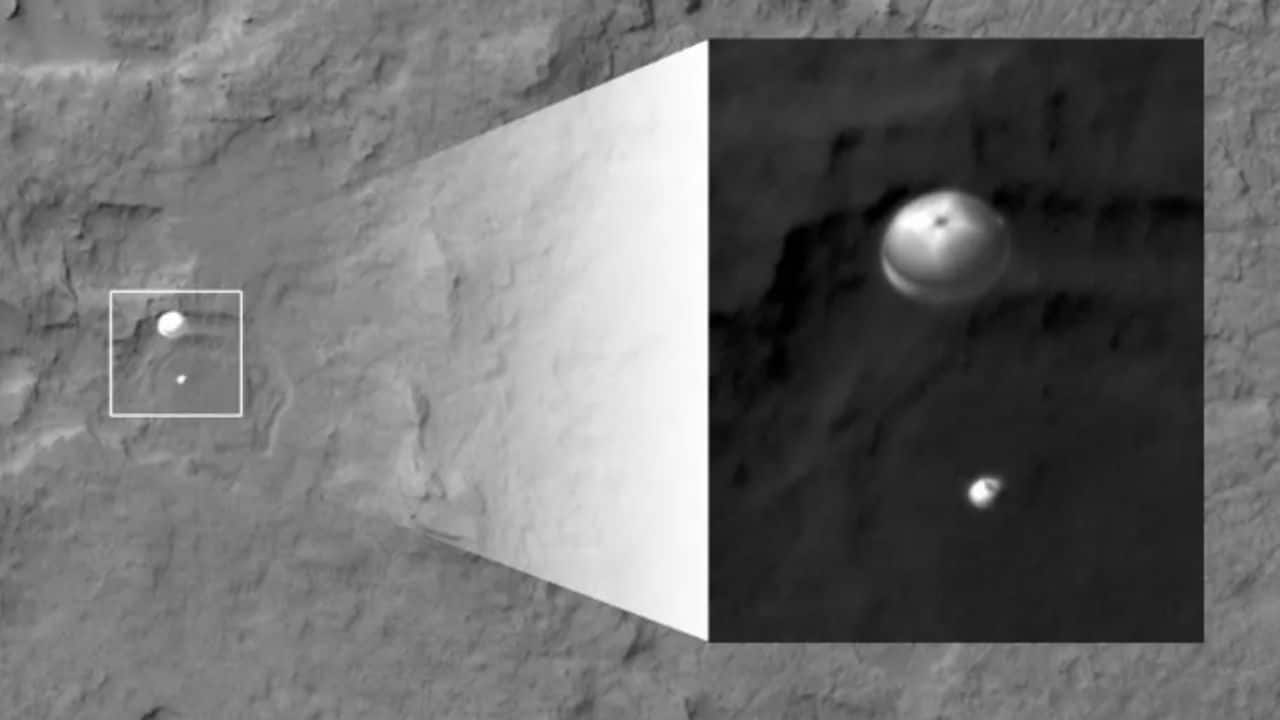Hamartia Antidote
Elite Member
- Nov 17, 2013
- 39,502
- 22,837
- Country of Origin

- Country of Residence

Twelve years ago, NASA made history with its Curiosity rover by landing it on Mars using a revolutionary technique known as the sky crane maneuver.

This artist’s depiction illustrates how NASA’s Curiosity Mars rover was lowered to the Martian surface using the sky crane technique. (Image: NASA/JPL-Caltech)
welve years ago, NASA made history with its Curiosity rover by landing it on Mars using a revolutionary technique known as the sky crane maneuver. On August 5, 2012, this innovative method safely delivered the six-wheeled rover to its landing site. The sky crane, a robotic jetpack, lowered Curiosity to the Martian surface using nylon ropes before detaching and performing a controlled crash landing away from the rover.

How Sky Crane Helps To Overcome The Challenges
The sky crane maneuver was developed to overcome the limitations of previous landing methods. Earlier Mars missions used airbags to cushion landers, but these were unsuitable for Curiosity due to its size and weight. The sky crane provided a more precise landing, reducing the size of the landing ellipse and allowing for safer and more accurate placements.
Advancements in Landing Technology
The success of the sky crane maneuver led to further advancements in landing technology. For instance, NASA’s Perseverance rover, which landed in February 2021, employed enhanced sky crane technology with terrain relative navigation. This allowed Perseverance to safely land in a challenging ancient lake bed filled with rocks and craters.

Historical Context and Evolution
JPL’s involvement in Mars landings dates back to 1976 with the Viking missions, which used throttled descent engines. By 1997, the Mars Pathfinder mission introduced a new landing method involving airbags and retrorockets, which was later used for the Spirit and Opportunity rovers. The challenges of finding suitable landing sites highlighted the need for more advanced technology.
Future Prospects and Technological Impact
Engineers began developing advanced landing systems in the early 2000s, leading to the creation of the sky crane maneuver. This design not only addressed the issues of landing site disturbance but also saved weight. The sky crane technology has potential applications beyond Mars, including payload delivery to other planets and moons. Rob Manning, a JPL Fellow, noted that this innovation could play a crucial role in future space missions.
Curiosity continues to make significant discoveries as it explores Mars, climbing the foothills of a Martian mountain. Built by JPL and managed by Caltech, Curiosity’s mission represents a major achievement in space exploration and highlights NASA’s commitment to advancing technology for more ambitious missions across the solar system.

